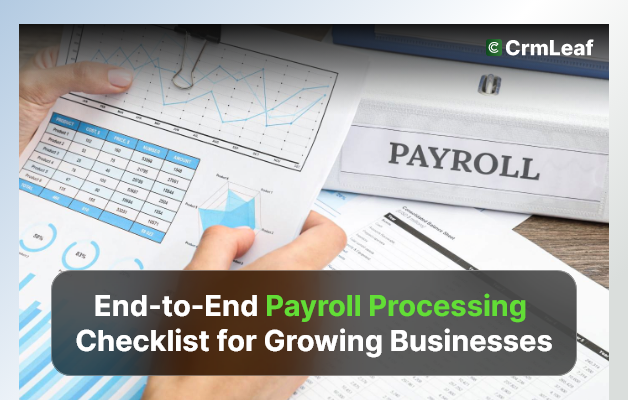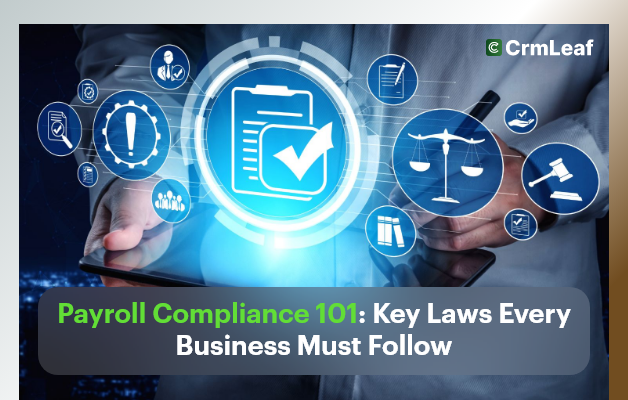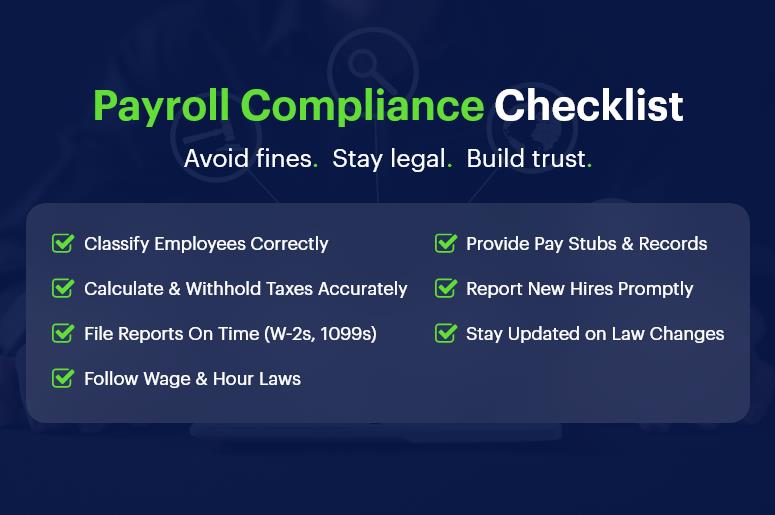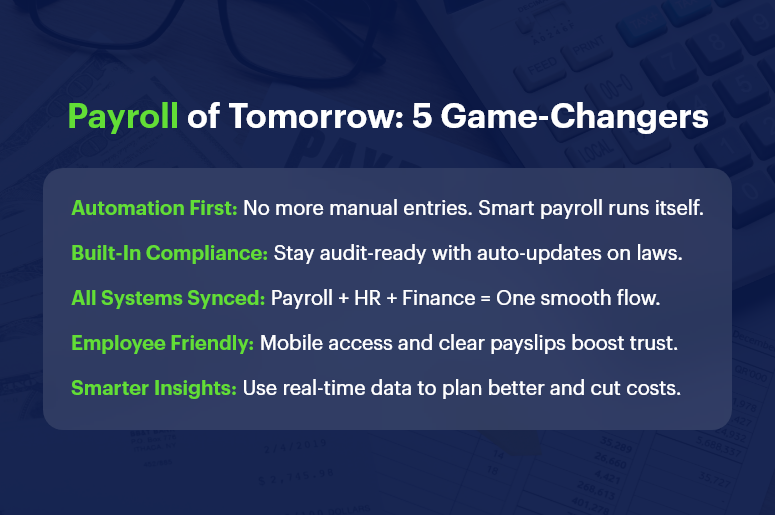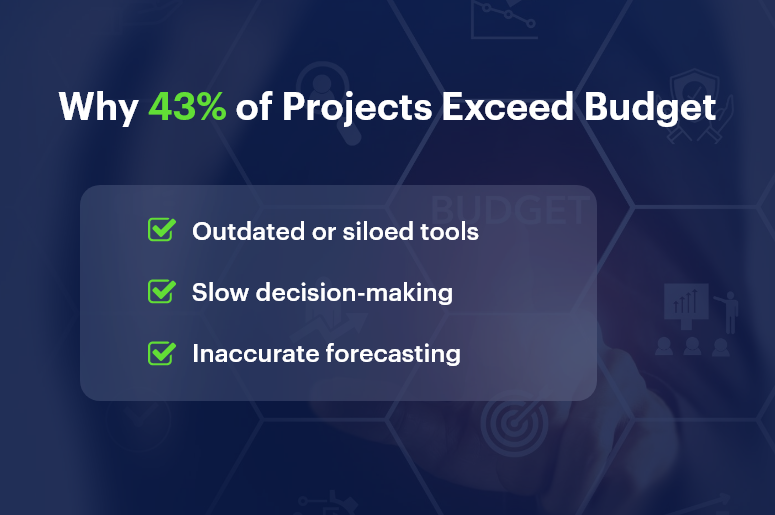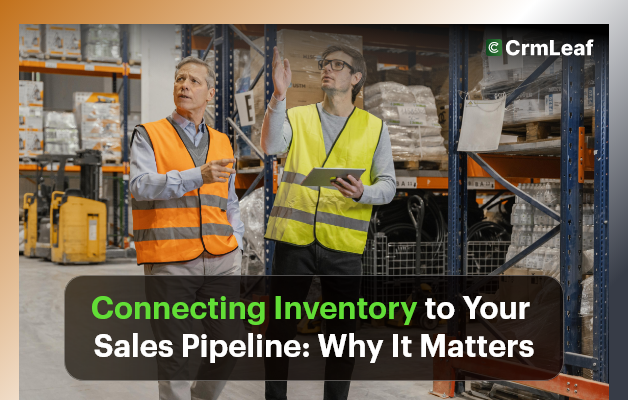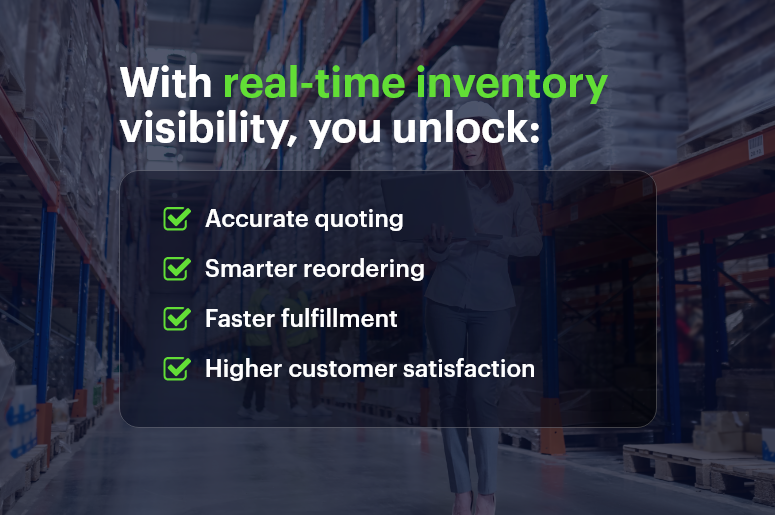Payroll isn’t just about paying your people. It’s about staying compliant, earning trust, and keeping your team motivated. But as your business grows, managing payroll manually becomes risky, time-consuming, and error-prone. In fact, more than 33% of small businesses face penalties due to payroll errors. In this guide, we’ll walk you through a practical end-to-end payroll processing checklist — built for modern, growing businesses. You’ll learn where most companies slip up, what to fix, and how to make the entire process seamless with CRMLeaf’s CRM + ERP platform.
The Business Case: Why End-to-End Payroll Processing Matters
Managing payroll goes far beyond cutting checks. When payroll is inaccurate or non-compliant, it creates ripple effects across your business. Think employee dissatisfaction, audits, legal trouble, and financial losses.
Let’s look at why a robust payroll system is essential for growth:
- Retail & Hospitality: High employee turnover and hourly wages make real-time payroll updates critical. Delays lead to unhappy staff and retention issues.
- Manufacturing & Logistics: Managing overtime, shift differentials, and contract workers demands precision — or you’ll face major payroll compliance risks.
- Professional Services: Billing hours, bonuses, and project-based compensation require automation to prevent calculation errors.
No matter the industry, streamlined payroll automation improves productivity, builds employee trust, and reduces your operational burden.

The Ultimate End-to-End Payroll Processing Checklist
Here’s your complete payroll checklist, broken down into actionable stages. Each one is critical for a smooth, accurate, and compliant payroll cycle.
1. Employee Data Collection & Classification
- Capture full employee details: Collect tax ID, contact info, job role, bank details, and any benefits preferences at onboarding.
- Classify employment type: Distinguish between full-time, part-time, contract, and freelance workers to ensure correct tax treatment.
- Track working hours and shifts: Use digital timesheets or biometric systems to gather accurate work data.
2. Payroll Setup & Configuration
- Set pay frequencies: Define weekly, bi-weekly, or monthly payroll cycles based on company structure.
- Automate tax rates & deductions: Stay current with federal, state, and local tax laws to apply accurate deductions.
- Integrate with attendance systems: Sync leave, holidays, and work hours from your HR tool into your payroll system.
3. Pre-Payroll Validation
- Verify attendance data: Double-check logged work hours, approved leave, and overtime entries.
- Audit changes in pay structure, including bonuses, commissions, and pay raises, and validate them before final processing.
- Confirm deductions: Ensure that benefits, insurance, and loan deductions are accurate and approved.
4. Payroll Calculation & Review
- Run gross-to-net calculations: Automatically compute gross salary, taxes, deductions, and net pay.
- Cross-check with payroll software: Use automated payroll software to reduce human errors and eliminate spreadsheet fatigue.
- Generate payslips: Produce detailed, downloadable payslips for employee transparency.
5. Compliance & Statutory Filings
- Generate tax forms: Automatically create W-2s, 1099s, PF/ESI documents, and other required tax filings.
- Meet submission deadlines: Set reminders for tax payment and reporting deadlines to avoid penalties.
- Stay audit-ready: Maintain digital records and audit trails to comply with labor laws.
6. Payment Processing
- Schedule timely payments: Use integrated banking or payroll software to process salary payments without delay.
- Disburse reimbursements: Include travel or expense claims in the current cycle to avoid payment lags.
- Reconcile bank statements: Ensure every payment matches the payroll run and accounting books.
7. Post-Payroll Reporting & Feedback
- Share detailed reports: Provide department-wise breakdowns and payroll summaries to finance and HR teams.
- Analyze payroll KPIs: Track payroll accuracy, error rates, cycle time, and compliance status.
- Collect feedback: Enable employee feedback to improve future payroll runs.
How CRM + ERP Transforms Payroll for Scaling Teams
Disconnected tools lead to fragmented processes. CRMLeaf’s CRM + ERP platform brings everything — from employee onboarding to payroll disbursal — into one unified workflow.
- HR integration: Automatically sync new hire data from your HR module into payroll setup.
- Real-time tracking: Use dashboards to monitor payroll progress, pending validations, and payment status.
- Custom reports: Generate audit-ready reports, salary slips, and tax documents at the click of a button.
- Scalability: Whether you have 20 or 200 employees, the system grows with you — minus the manual work.
Customer Success
For example, Finovate Solutions, a 50-person IT services company, used CRMLeaf’s payroll automation to reduce payroll errors by 95% and cut processing time from 3 days to 4 hours. Here’s how:
- Integrated employee timesheets with payroll
- Enabled automatic compliance checks and tax form generation
- Streamlined payouts and payslip generation
This shift not only saved time but boosted employee satisfaction and reduced compliance risks.
Key Takeaways & Closing
A smooth end-to-end payroll processing workflow doesn’t just prevent errors — it strengthens trust, ensures compliance, and frees up your time for strategic growth.
- Map your payroll process: Understand each phase and identify bottlenecks.
- Automate wherever possible: Manual work invites mistakes. Use payroll automation tools.
- Stay compliant: Regulations change frequently. Your system must adapt in real time.
- Unify systems: Don’t rely on disconnected HR, time tracking, and payroll apps.
With the right tools and mindset, payroll can become a growth enabler — not a back-office burden.
